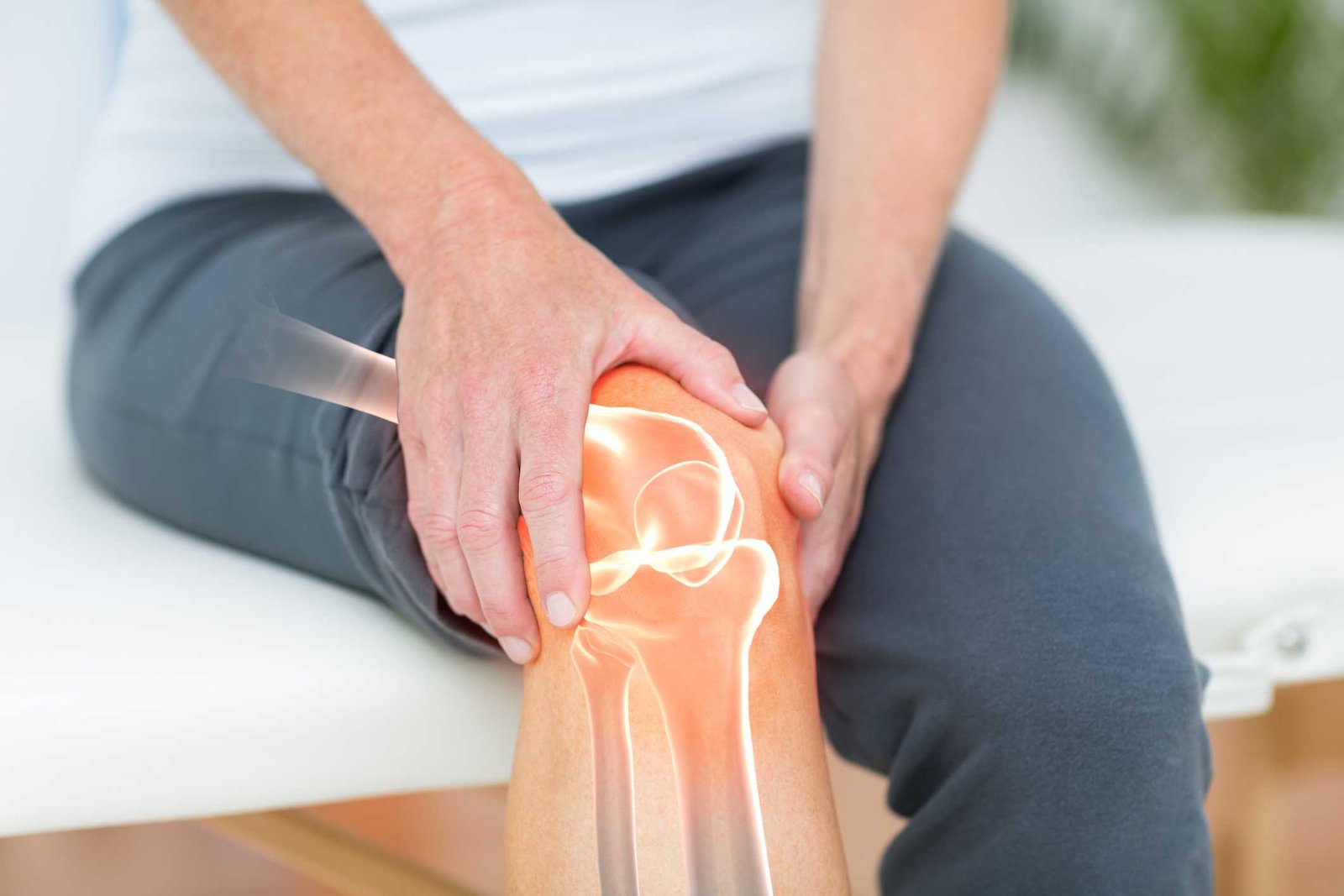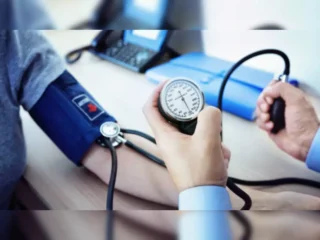New Delhi, 11 October, 2025: Each year, October 12 is observed as World Arthritis Day — a global reminder of the importance of joint and bone health. Arthritis affects millions of people across the world, and while many associate it with aging, the truth is that early warning signs often appear long before severe pain or deformity sets in. Joint pain is one of the most common indicators, but it’s not the only one. Your body often gives several subtle signals when your bones and joints are in trouble.
Understanding Arthritis and Bone Health
Arthritis is not a single disease but a group of over 100 conditions that affect the joints, bones, muscles, and connective tissues. The two most common types are Osteoarthritis (OA) — caused by wear and tear of cartilage — and Rheumatoid Arthritis (RA) — an autoimmune condition that attacks joint linings.
Beyond the joints, arthritis can also weaken bone density, change alignment, and even lead to secondary conditions like osteoporosis. Recognizing the signs early can help prevent long-term disability and preserve mobility.
1. Persistent Joint Pain
The most recognizable sign of arthritis and poor bone health is persistent pain in joints such as the knees, hips, hands, or spine. This pain may worsen with movement, change of weather, or after physical exertion. If joint pain lasts longer than two weeks or keeps recurring, it should not be ignored. It could indicate cartilage damage or underlying inflammation that needs medical attention.
2. Stiffness, Especially in the Morning or After Rest
Morning stiffness or tightness after periods of inactivity is another early indicator. It can make simple movements—like bending your knees or opening your hands—feel uncomfortable or slow. While minor stiffness can happen due to fatigue or overuse, stiffness that lasts more than 30 minutes daily often points toward arthritis or reduced joint lubrication.
3. Swelling, Redness, or Warmth Around Joints
Inflamed joints may appear swollen, puffy, or red, and often feel warm to the touch. This is your body’s response to inflammation. If the swelling is accompanied by tenderness or limited movement, it could be a sign that the joint lining and surrounding tissues are inflamed or degenerating. Regular flare-ups may indicate that the underlying condition is progressing.
4.Bone Fragility, Micro-Injuries, or Deformities
As arthritis progresses, it can affect bone density and strength. This makes bones more prone to micro-fractures or deformities. You may also notice changes in the shape or alignment of your fingers, knees, or spine. In rheumatoid arthritis, deformities like crooked fingers or joint swelling are common. In osteoarthritis, bone spurs or thickened joint edges may develop. These are irreversible if left untreated.
Ignoring these symptoms can lead to long-term bone damage and disability. Many people dismiss early pain or stiffness as part of aging, but arthritis and bone degeneration can occur in young adults too, often due to poor posture, obesity, injury, or sedentary habits. The earlier you act, the better the chances of preserving bone strength and joint mobility.
On World Arthritis Day 2025 — Listen to Your Body
World Arthritis Day is more than a reminder—it’s a call to action. Joint pain is not just a sign of aging; it’s your body’s way of asking for care. If you notice pain, swelling, stiffness, or any of the above signs, don’t dismiss them as temporary discomfort.With timely diagnosis, a balanced lifestyle, and preventive care, arthritis and bone degeneration can be effectively managed.
Let this year’s World Arthritis Day be your cue to pay attention to your body—because strong bones and flexible joints are the foundation of lifelong mobility and health.






